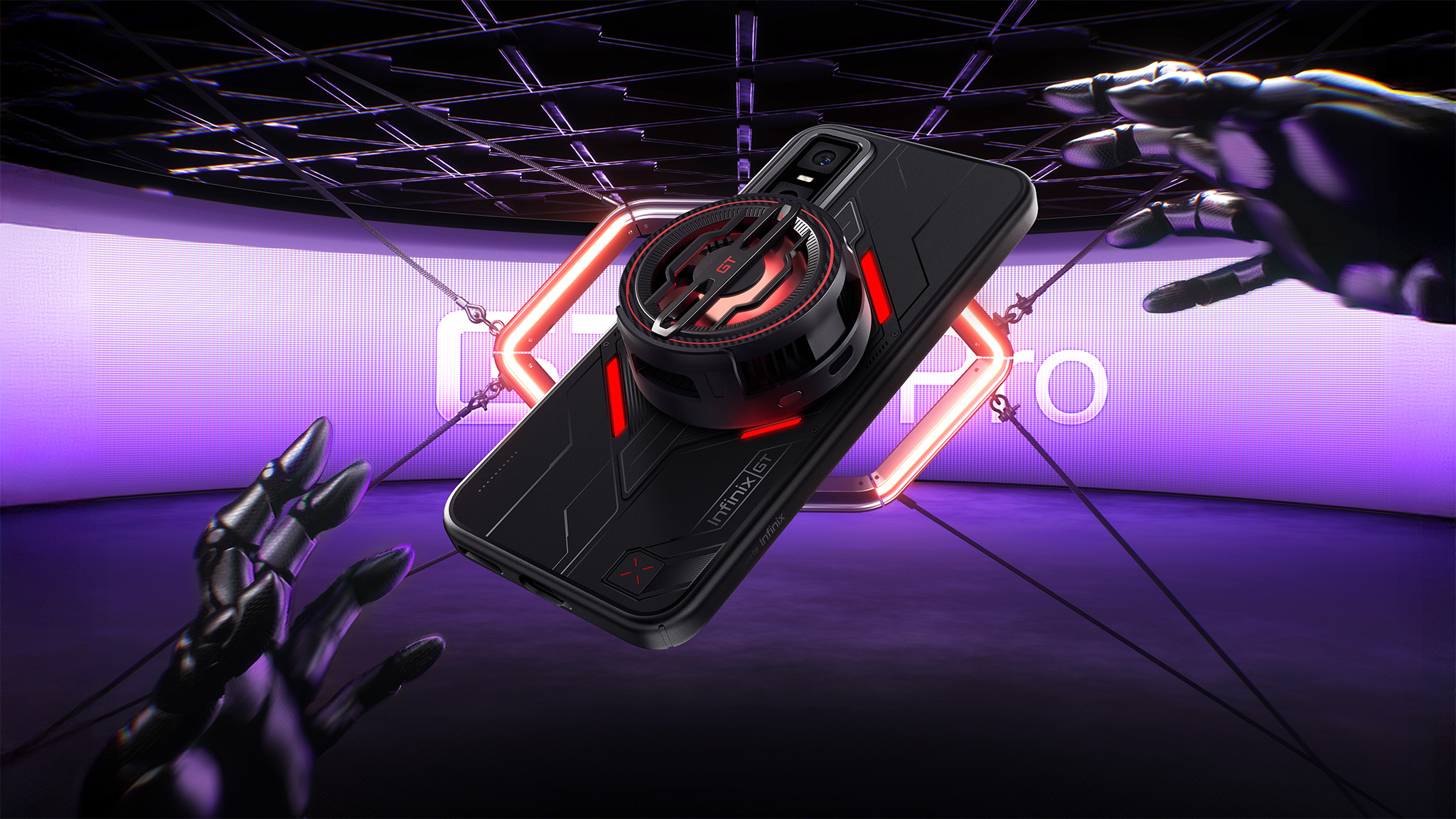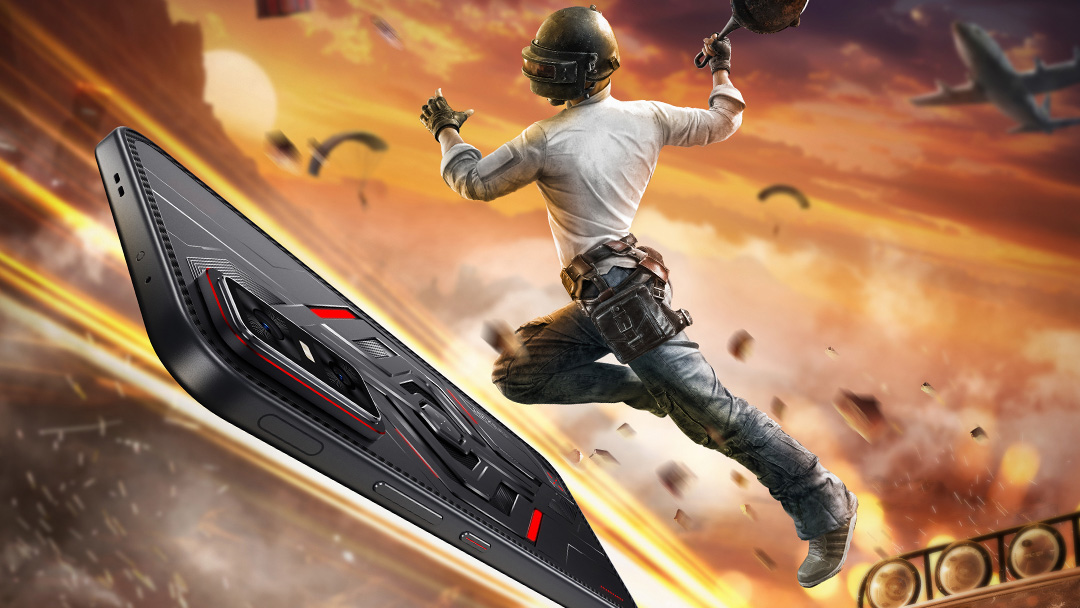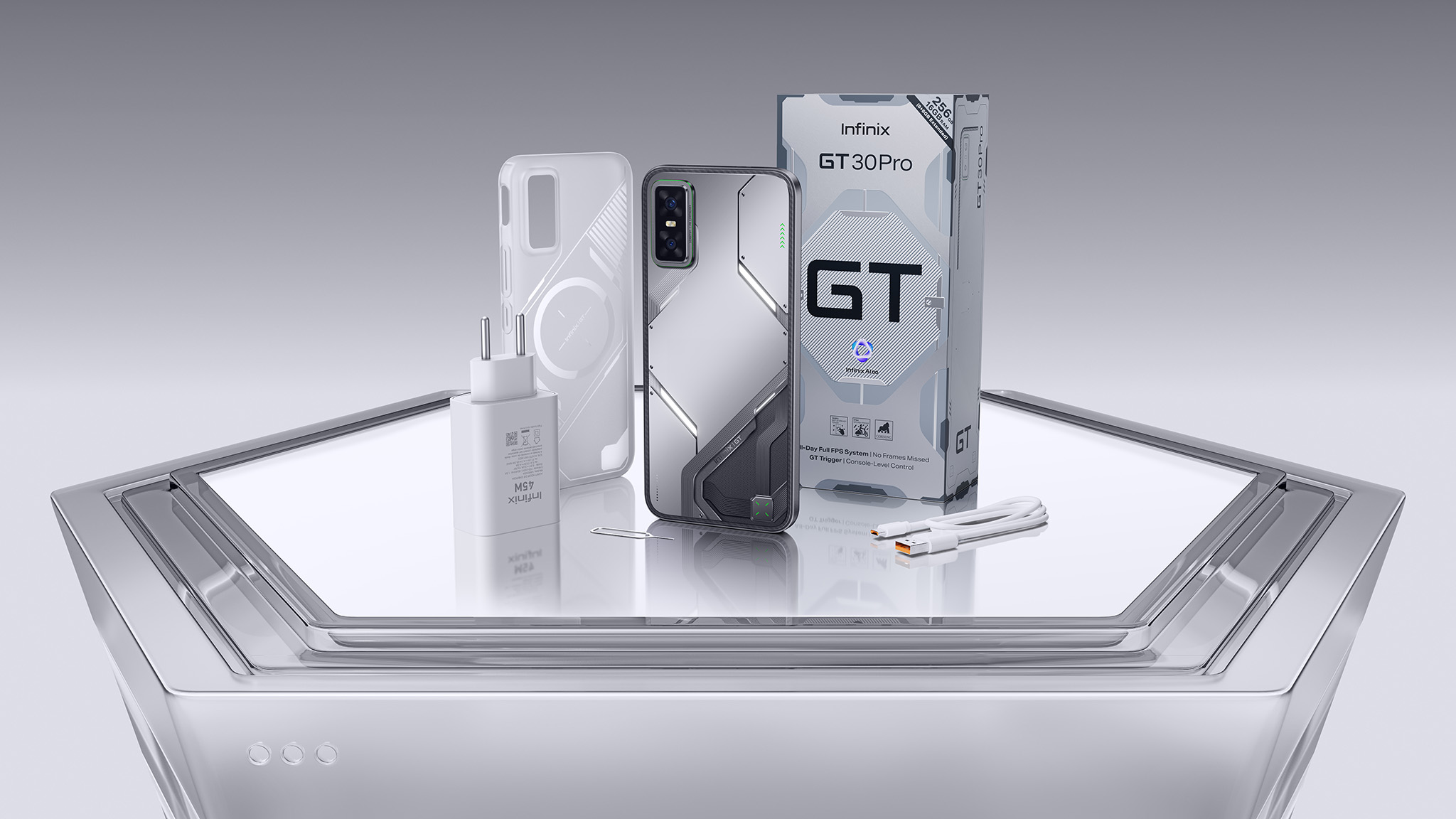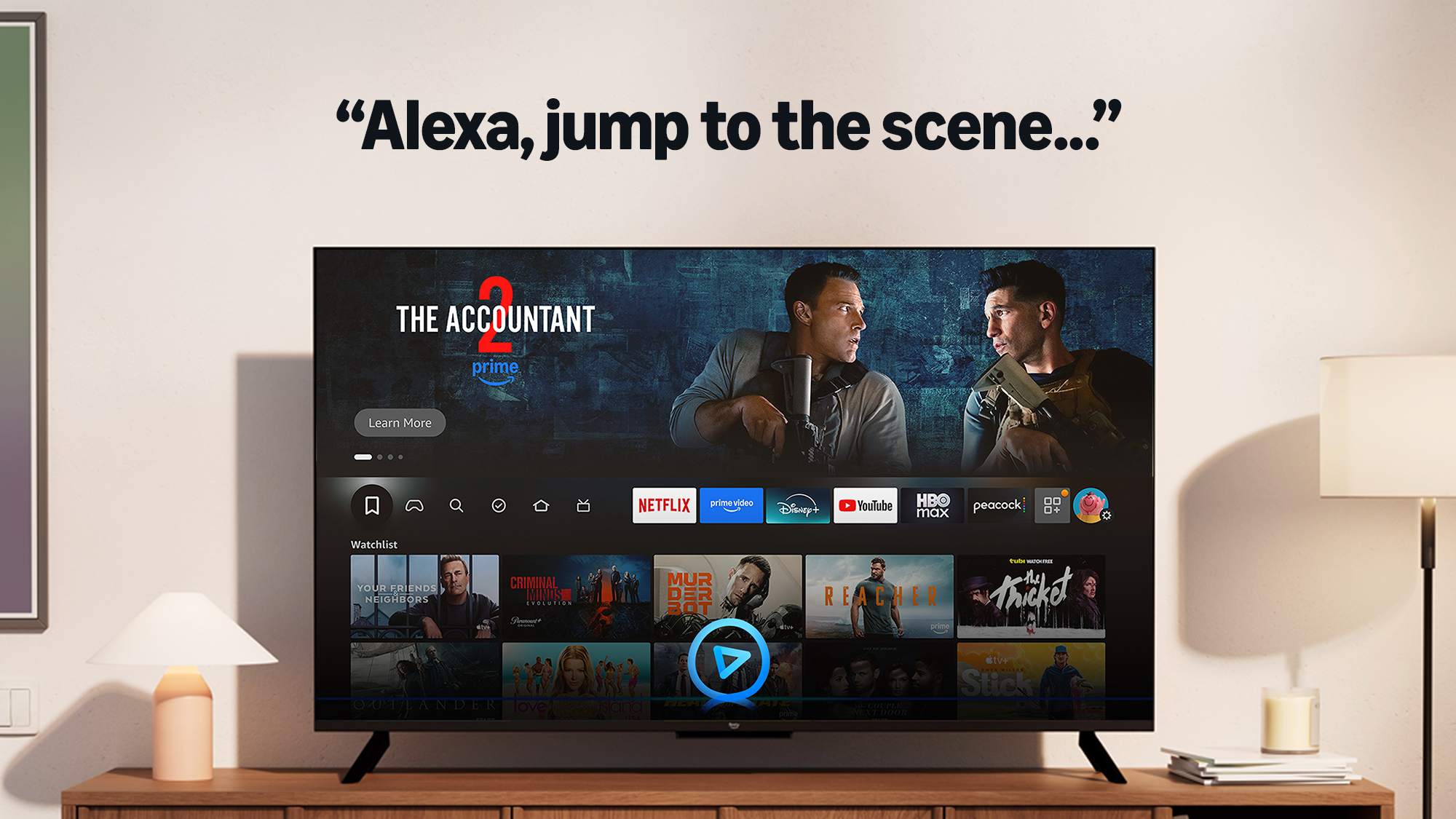Exclusive: Infinix on making the best budget gaming phone with the GT 30 Pro
With a bold design and powerful internals, the GT 30 Pro is turning out to be a beast of a gaming phone.


In Hardwired, AC Senior Editor Harish Jonnalagadda delves into all things hardware, including phones, audio products, storage servers, and networking gear.
Gaming phones are seeing a resurgence on the back of increasing mobile gaming, and brands are increasingly turning their attention to the mid-range and budget segments, which is great to see. Infinix in particular saw a lot of success with its GT series of devices over the last two years; I enjoyed using the GT 10 Pro, and the GT 20 Pro built on that foundation.
The GT 30 Pro was just announced, and the phone is all set to make its debut in India. Ahead of its global launch, I had an email interaction with Infinix's Product Director Weiqi Nie to get a better sense of what the brand is doing differently this time around, and how it is positioning the GT series.
Design has always been a key selling point of previous GT models, and Infinix has doubled down in that area with the GT 30 Pro. The phone has a "cyber-mecha" design aesthetic that looks plain cool, and while the GT 10 Pro looked like a derivative of Nothing's phones, that is definitely not the case with the GT 30 Pro.

Nie noted that Infinix took inspiration from "futuristic machines and modular aesthetics" in designing the device. "Over time, this concept has evolved to be more expressive, functional, and aligned with the needs of modern gamers. In the GT 30 Series, this vision comes to life through the upgraded Mechanical Light Waves system. Built on deep integration between software and hardware design, it delivers 14 lighting scenarios and over 20 customizable effects that respond dynamically to actions like charging, gaming, and notifications."
Infinix basically wanted to deliver a phone with a bold design, and thanks to the custom pattern at the back and vibrant lighting, the GT 30 Pro manages to stand out quite a bit. Of course, while design is a consideration, the biggest factor when choosing a gaming phone is the performance.
Infinix went with MediaTek instead of Qualcomm, and Nie said the Dimensity 8350 offered the brand the ideal mix of high frame rate gaming and thermal management. "MediaTek’s platform offered the right combination of performance, efficiency, and scalability to bring the GT 30 Pro’s vision to life. The Dimensity 8350 Ultimate delivers smooth high-frame-rate gaming, effective thermal control, and optimized power usage—crucial for maintaining consistent performance across both gaming and daily use."

"The Dimensity 8350 Ultra's capabilities provided the performance headroom needed to integrate features like a 144Hz AMOLED display, advanced cooling solutions, and responsive gaming enhancements, without compromising on price accessibility. This approach allows the GT 30 Pro to deliver a flagship-level experience that is designed for a broader range of users."
Get the latest news from Android Central, your trusted companion in the world of Android
Overheating continues to be an issue on gaming phones, with this year's Qualcomm chipsets in particular having a higher thermal threshold. Thankfully, that isn't the case with MediaTek designs, and Nie said sustained performance is a "core priority" on the GT 30 Pro, particularly during longer gaming sessions. The GT 30 Pro features Infinix’s 3D Vapor Cloud Chamber (3D VCC) liquid cooling tech, and Nie noted that the brand does "intelligent software optimization that dynamically manages power and thermal behavior based on real-time usage."
There are two accessories as well — the MagCase and MagCharge Cooler — with the latter being an active cooling solution that funnels cool air to the back of the device. "The GT 30 Pro takes a system-level approach—combining a high-performance chipset, efficient cooling, and smart charging solutions such as Bypass Charging 2.0 and optimized wireless charging with active cooling. This ensures stable, high frame rates over long periods, without overheating or throttling—even while charging."

I'll be testing the GT 30 Pro's prowess in this regard, and having used other MediaTek mid-range designs, I'm excited to see what the phone brings to the table. The GT 30 Pro also retains ultrasonic triggers, allowing gamers to assign in-game actions with relative ease — they make a genuine difference while gaming.
The phone gets a 144Hz panel, and what I like the most is that it unlocks 120fps in demanding titles including PUBG Mobile. Like other brands catering to this niche, the GT 30 Pro is aimed at a younger audience, and the design and visual aesthetic reflects that.

While Infinix is focused on phones, Nie said the brand is looking to build an ecosystem of gaming devices under the "GT Verse" umbrella. "GT Verse is a full-stack experience designed around the needs of mobile gamers. In addition to the GT 30 Pro, the lineup is expanding with GT Buds 4 with 30dB ANC and low-latency Game Mode, the GT Power bank with 55W multi-device fast charging, and even a dedicated cooling accessory under development."
"This ecosystem approach allows users to stay connected, powered, and immersed across devices—whether they’re gaming at home or on the move. While future product plans will be guided by community feedback and innovation readiness, the GT Series will remain at the core of Infinix’s long-term vision to serve gamers with purpose-built tools across categories."
Pricing is a big part of what makes a budget gaming phone succeed, and Infinix is targeting a $300 price point with the device. Given that there aren't that many gaming-focused phones in this category, the aggressive positioning combined with the feature-set of the device should allow the GT 30 Pro to win out against its rivals. With an imminent launch in India, we don't have to wait too long to know more about the GT 30 Pro, and I'll have more to share on the device in the coming days.

Harish Jonnalagadda is Android Central's Senior Editor overseeing mobile coverage. In his current role, he leads the site's coverage of Chinese phone brands, networking products, and AV gear. He has been testing phones for over a decade, and has extensive experience in mobile hardware and the global semiconductor industry. Contact him on Twitter at @chunkynerd.
You must confirm your public display name before commenting
Please logout and then login again, you will then be prompted to enter your display name.
